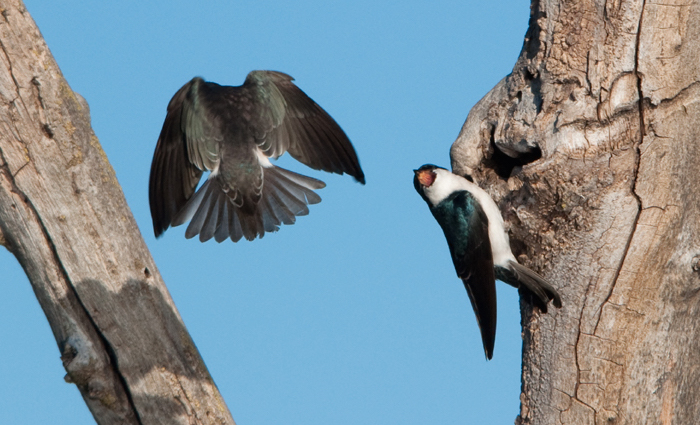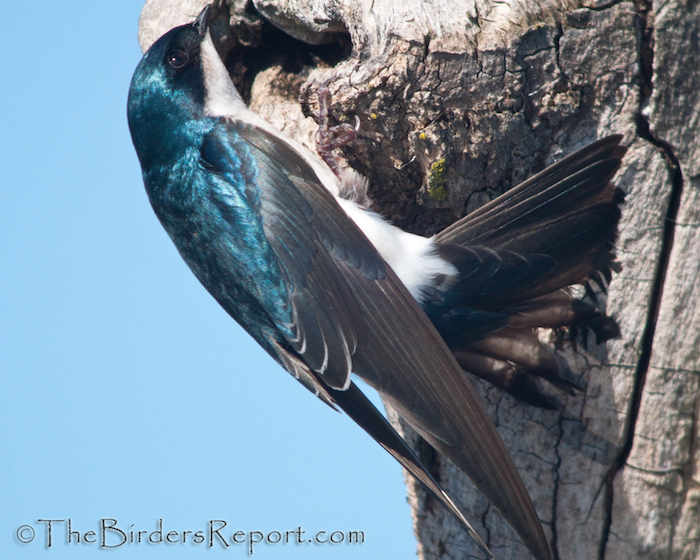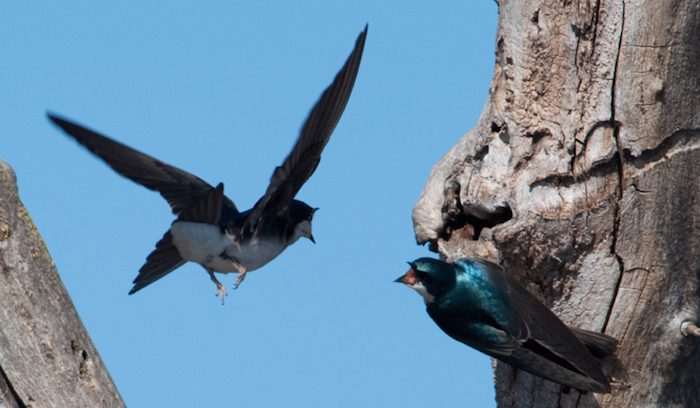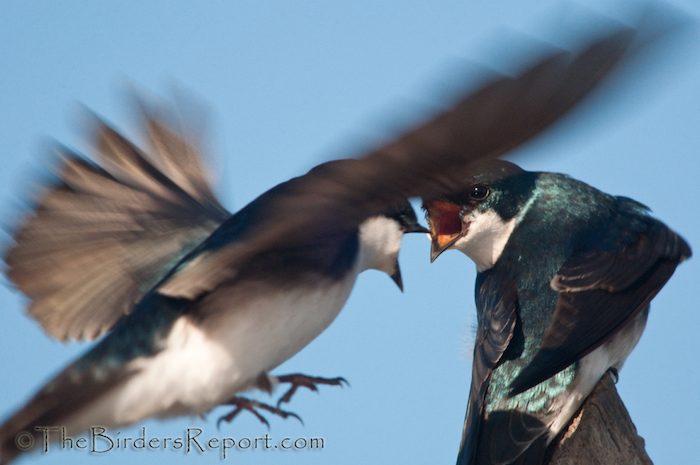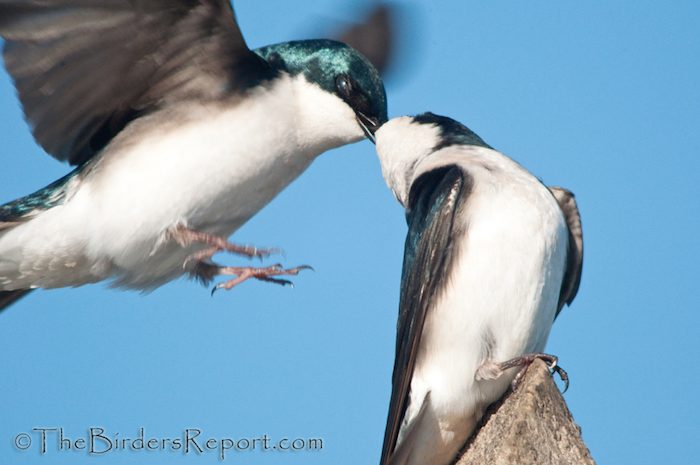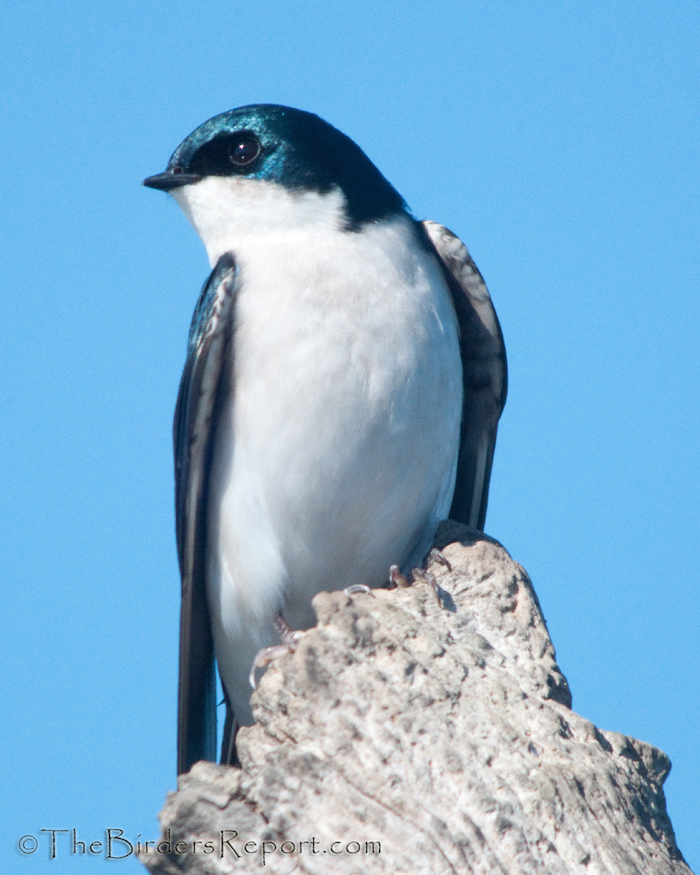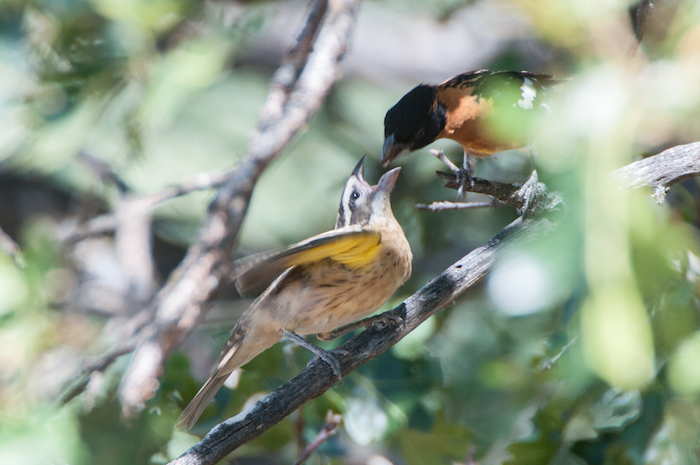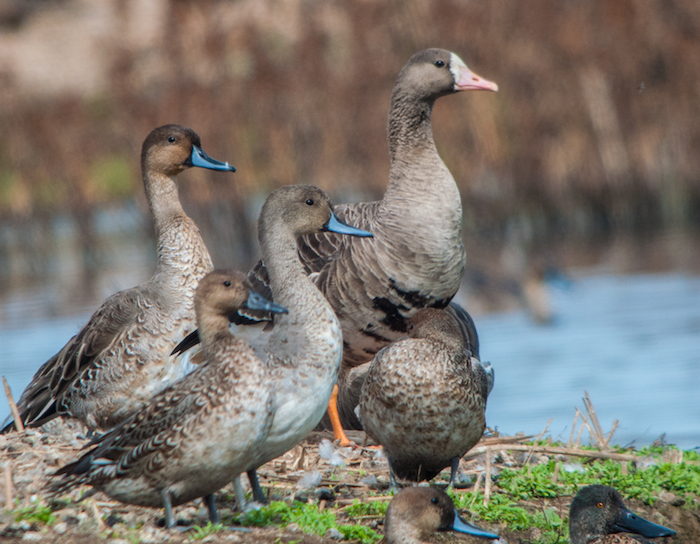
Birds can’t vote, and they shouldn’t. They don’t study the issues.
If they could, however, they probably wouldn’t get too worked up over much of it. They mostly embrace the migrant lifestyle, so immigration isn’t a concern. Cutting Medicare and Social Security to fund tax cuts wouldn’t bother them; after all, they’re not slated to get Medicare or Social Security anyway. As for civil rights in general—well, people may aspire to things like kindness and decency, but birds, honestly, are more known for things like hen-pecking than human compassion or civility.
But if they could understand the issues rather than only suffer them, there’s one area in which birds would likely vote as a fairly united bloc. They’d vote for a healthy environment.
Birds would vote to test chemicals for toxicity. Like humans, birds start gathering toxins in utero. Adults in the US contain over 250 synthetic chemicals, new to the world, in our tissues and fluids, entering us from food, furniture, carpet, clothing, and environmental effluent, through our mouths, lungs, and skin; 70,000 more synthetics are on the market, and we imbibe them in ever-increasing dosages. Current law requires testing for carcinogenic effects only if there is evidence of potential harm, and the EPA is given only 90 days to find that harm. Cancer doesn’t work that fast. But if birds could understand the issue, they would object to this bird-brained process and the 80 million of their feathered kin killed by poisons each year. They would likely vote for synthetic chemicals to be held off the market until there was reasonable assurance that they were safe.
Birds would vote for clean water, too. They need it for healthy food supplies, drinking, and for places to swim. But government powers are reverting to Cleveland-River-on-Fire policies, trying to allow more toxic discharges into water supplies, redefining pesticides as nonpollutants, discontinuing monitoring of toxic discharges so that voters are less aware of the poisoning, and suppressing existing studies that, as the White House recently noted, would be a “public relations nightmare.” Birds with understanding would recognize that gutters run to creeks, to rivers, to all of us, and would want to protect all the waters of the US. They would know that we—birds, people, and trees, now and for our children—rely on clean water.
Clean air would also be a priority. Birds process oxygen even more rapidly than incumbent congressmen do, and those incumbents’ efforts to allow vehicles and industry to dump more mercury, benzene, and nitrous oxides into the air will most emphatically harm the lungs of fast breathers like birds and children.
Birds would also seek to protect grasslands and forests from development and destructive extraction practices. In the last 50 years, American forests have lost a quarter of their birds, and grasslands half. Past Farm Bill provisions have shown promise in curtailing habitat loss, but the current bill in congress allows increased toxic dumping.
And perhaps most emphatically, birds would vote to curb the craziness of climate change. They would recognize that the problems are devastating, with most of their kin expected to lose most of their seasonal range within the lifetime of today’s children; and that there is no good reason to exacerbate droughts, fires, and floods when clean fuels are available if people choose them.
The birds might recognize that they cannot make lifestyle changes or government changes, but they might hope that their more intelligent North American companions will.


